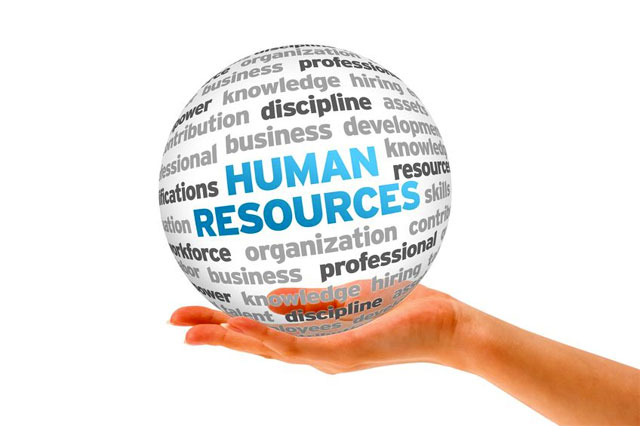Automated HR Case Management: Helping Move HR From an Administrative Services Provider to a Service Organization
Over the last decade, HR has gradually evolved from being a provider of administrative services into a service organization. HR today provides greater value for the business and delivers a breadth of automated people functions. As a result, HR technology, HR data systems, and HR resources are all now tasked with delivering valuable services for the entire enterprise organization.
HR no longer merely provides benefits administration. HR today is tasked with helping drive strategy, burnish the company brand, influence retention and recruiting, identify workplace trends, and more. For example, research from The Hackett Group, a global strategic business advisory and operations improvement consulting firm, found in 2013 that HR leaders were focusing on strategies for “process improvement, including cost reduction and standardization of processes, data, technology, and organizational culture; improving the effectiveness of talent management; obtaining more value from data to enable better decisions; and expanding the use of technology.”
For HR to develop into a service organization, its leader almost needs to be equal parts information officer and people officer. On the one hand, HR needs the right kinds of data and meaningful analytics for reports that deliver actionable business decisions and policy recommendations. On the other hand, HR needs to have transparency into employee concerns and workplace processes, from problems with benefits to problems with managers.
An automated HR case management system like LBi HR HelpDesk delivers several features and benefits that support the increasing role of HR as a service organization at every level of the organization. Here are four examples that show the breadth of those features and benefits:
- The ability to craft reporting solutions that give each client virtually unlimited access to the data its applications are collecting. Our Ad Hoc Reporting feature, for example, enables users to create their own queries against their available data. As a result, all users of a system — raw beginners to advanced power veterans — can query for virtually any data, manipulate and analyze it, and then create their own professional-looking reports.
- Customized, informative, and interactive dashboards that graphically present information in an entirely new way, giving management easy access to the tools it needs to analyze patterns and identify trends. LBi HR HelpDesk can integrate familiar graphic presentations (e.g., pie charts, bar charts, and line graphs) that will provide new insight into existing data.
- A user-friendly self-service portal that’s been developed by people who have a keen understanding of HR processes delivers integrated and streamlined employee interactions not only around benefits, but also for other HR areas of responsibility, payroll, recruitment, and even talent management. The employee portal in LBi HR HelpDesk, for example, requires no training and has proved to be quickly and successfully adopted by employees. HR, meanwhile, can almost instantly give the larger organization a measurable benefit through the data that the system tracks and analyzes.
- An HR help desk with a wiki knowledge base, such as the one LBi HR HelpDesk has, can heighten employee engagement and improve HR productivity by helping make information delivery across the entire enterprise more efficient and consistent. By providing unfailing and detailed audit trails and reports, the system can also help shorten the resolution time of HR cases and free HR to focus on more strategic concerns.
HR today is a far different creature from what it was when it was called the Personnel Department, when it simply ran payroll and handled benefits enrollment — and did most of that manually and on paper forms. An automated HR case management system like LBi HR HelpDesk is a prime example of how HR technology has changed to help HR play a greater strategic role in any organization.





